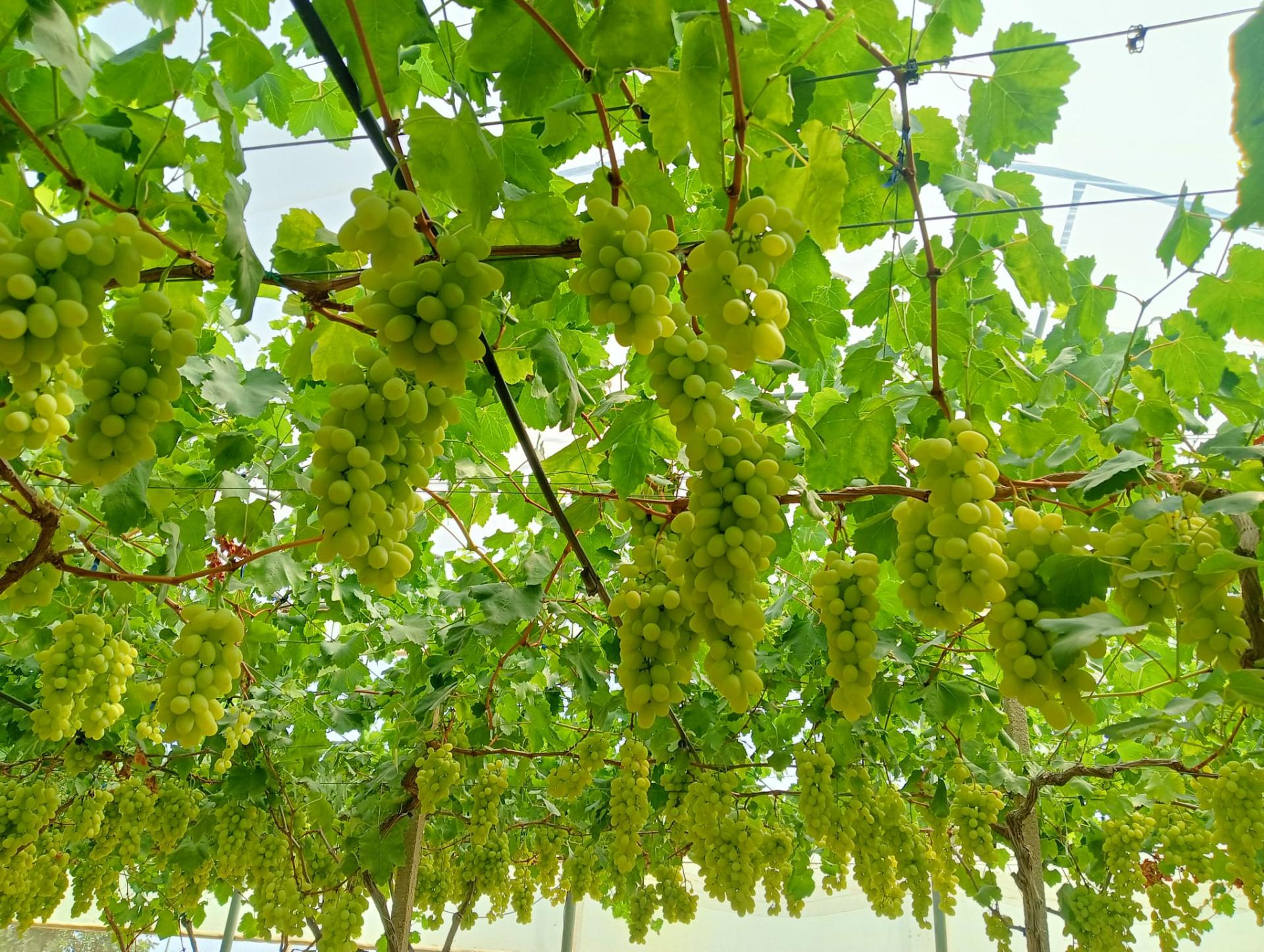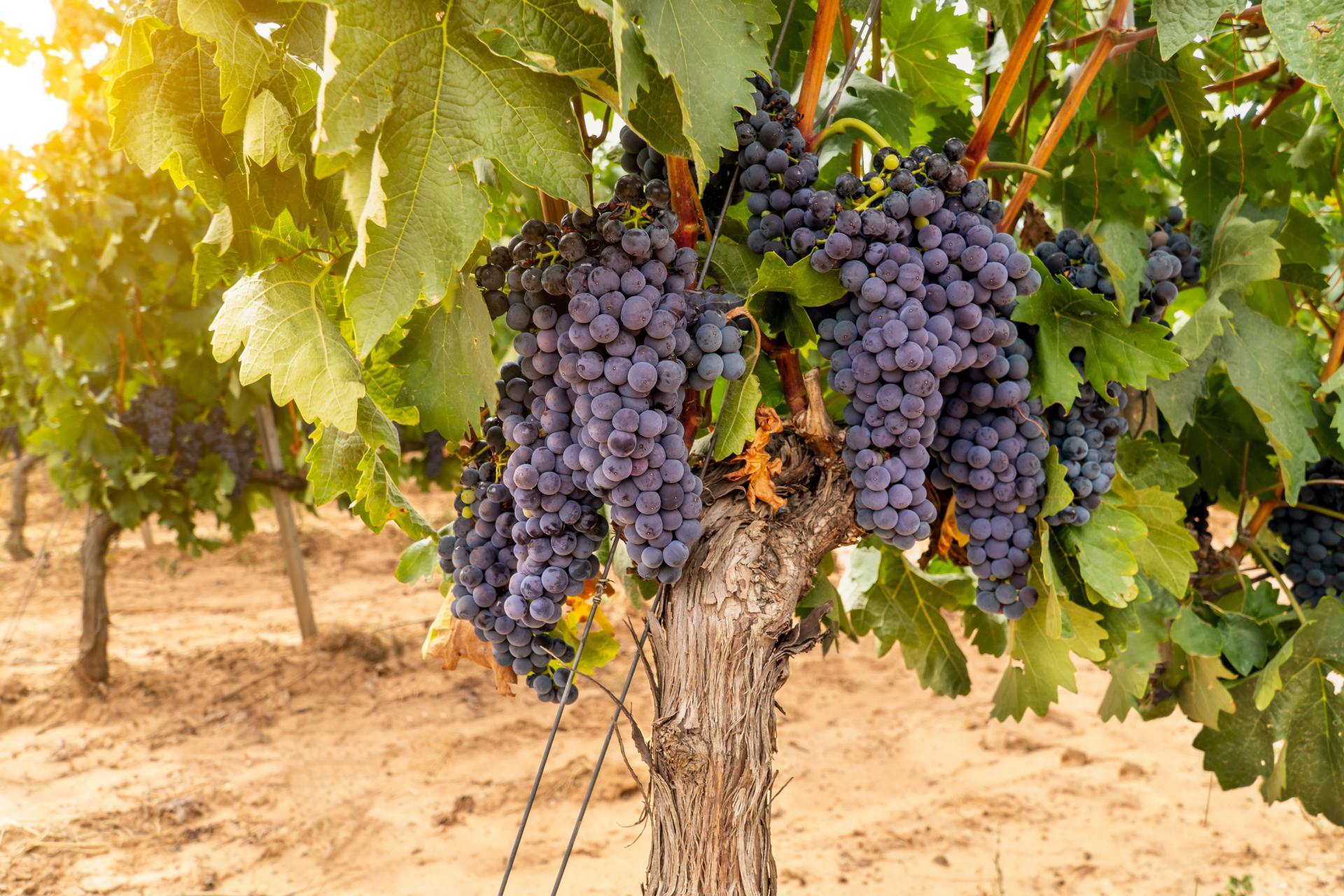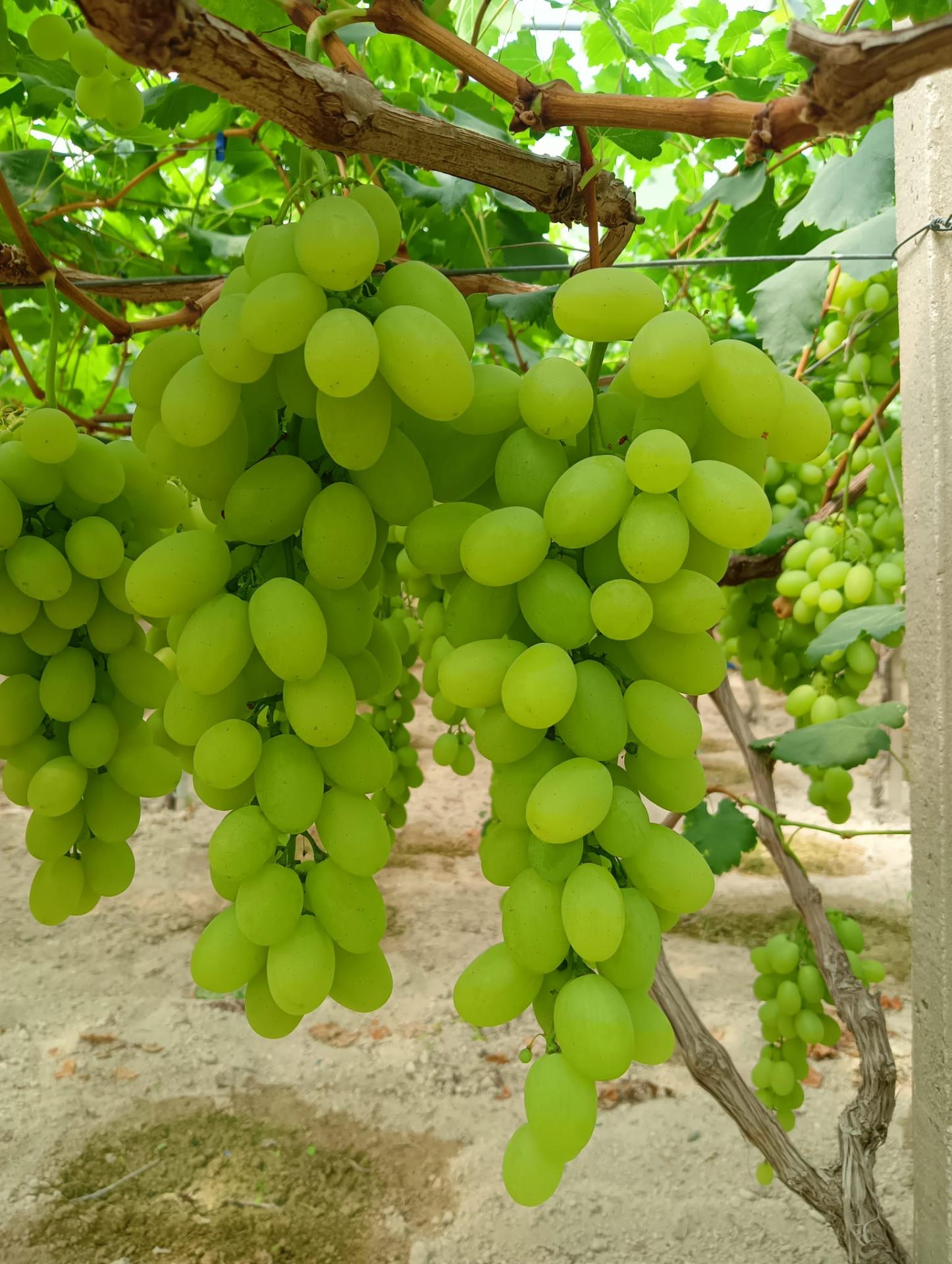
The role of calcium at the center of K-Adriatica's strategy: focus on administration in table grapes

The closer we get to the crucial stage of the table grape campaign, the more producers are devoted to researching treatments that can optimize berry quality and facilitate wider marketing. In the context of the table grape market, quality parameters including brix, crispness, storability and berry shelf-life are of particular importance. Shelf-life becomes the most important point for producers, who seek to enhance shelf life to reduce waste, increase market competitiveness and ensure product availability during more economically favorable periods. K-Adriatica's strategy is at the center of this dynamic as it seeks to better manage calcium in agriculture to preserve quality and increase the shelf-life of grapes.
The development of crispness is another key aspect for table grapes: variety plays a significant role, but is equally influenced by targeted agronomic practices. The growing interest in crunchy grapes in the market, for example, has also made this attribute critical to the value of the reference. In this sense, calcium supply stands out as a pivotal element in improving berry crunchiness, prolonging the shelf-life of the fruit and vegetable product, and also in counteracting physiopathologies such as chlorosis due to excess calcium.
Regarding the application of calcium in table grape agriculture, it is essential to start during the flowering stage, because this is when competition, which also occurs for calcium, among the plant's growth organs is at its highest. Contributing calcium exclusively in the final stage is a mistake, because it would not be assimilable if it has not been previously stored.

K-Adriatica's KAMAB 26 to improve calcium assimilation
How to improve calcium assimilation in the vineyard? Here, the strategic choice of formulations becomes crucial, and in this scenario K-Adriatica's contribution with KAMAB 26 emerges.
As Maria Rosaria Stile, head of research and development at Adriatica Group, explains, "K-Adriatica's KAMAB 26 is designed to improve the crispness and shelf-life of the bunch: its formulation provides calcium in an optimal ratio with the other nutrients, allowing both the correction of physiological disorders related to nutritional imbalances in the plants and the increase in the amount of calcium that is fixed in the walls of the individual cells of the fruit (pectate calcium), consequently improving its texture and resistance. In addition, the unique formulation of K-Adriatica's KAMAB 26 ensures an even distribution of calcium throughout the fruit, avoiding inhomogeneous accumulations typical of other calcium products. Applied by foliar application, K-Adriatica's catalog product KAMAB 26 allows calcium to be quickly and homogeneously assimilated by the berry."
K-Adriatica's KAMAB 26 nutritional solution can be applied from the vegetative resumption to the early stages of berry swelling, achieving different results depending on the phenological stage at which it is applied.
Maria Rosaria Stile of Adriatica Group continues: "The application of KAMAB 26 during the vegetative recovery-preflowering phase contributes to the crop's production potential, improving both the leaf apparatus and bunch structure. Post-flowering administration of K-Adriatica's KAMAB 26, on the other hand, stimulates cluster elongation, thanks to its formulation that allows rapid absorption, avoiding competition. During the initial stages of berry enlargement, it improves production quality with an increase in the fraction of calcium fixed in the cell walls (Calcium pectate), without creating risks related to excess of the element. This contributes to increased crispness and texture, while keeping the elasticity of the skin intact and preventing splitting."
Field administration of KAMAB 26
Giuseppe Quercia, an Apulian producer specializing in the cultivation of table grapes, says: "Calcium administration is essential because it stimulates the formation of pectates and the creation of stronger cell walls, which help to generate crisper and more resistant berries; obviously it is advisable not to create too much stress in the skin."
"The use of K-Adriatica's KAMAB 26 in the post-flowering stage, when the berry is 5mm in size - the entrepreneur clarifies - is particularly recommended. Because K-Adriatica's KAMAB 26 stimulates berry development and promotes calcium accumulation, improving firmness. An additional benefit is the ability to prevent rapid post-harvest rachis wilting, improving the commercial appeal of the cluster."
"Therefore - Quercia clarifies - the calcium requirement for table grapevine cultivation is essential to counteract rachis desiccation phenomena that can compromise bunch quality. Thanks to the repeated administration of KAMAB 26 by K-Adriatica at a dilution of 3kg/ha in 1,000 liters/ha of water, I noticed a significant improvement in the shelf-life of the product, with an extension of up to 5/6 days. This made the product more competitive in the market without experiencing berry splitting phenomena due to excess calcium, indicating an optimal product balance of K-Adriatica."

Indeed, in plant nutrition, it is important not only to focus on the quantity of nutrients supplied but also on the ratio in which they are administered. In some cases, the deficiency of one nutrient may be related to an incorrect ratio to others, rather than an actual deficiency. For example, an excess of calcium can be harmful, causing chlorotic phenomena that can be mistakenly attributed to magnesium deficiencies. In reality, they are the result of antagonism in the absorption between these elements, which reduces magnesium absorption if there is an excess of calcium in the plant.







